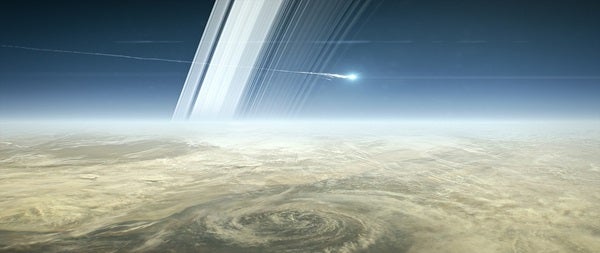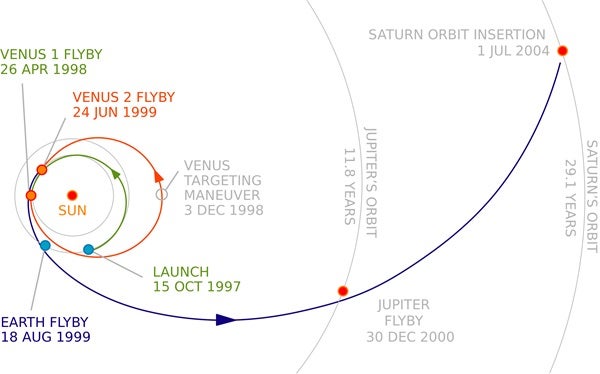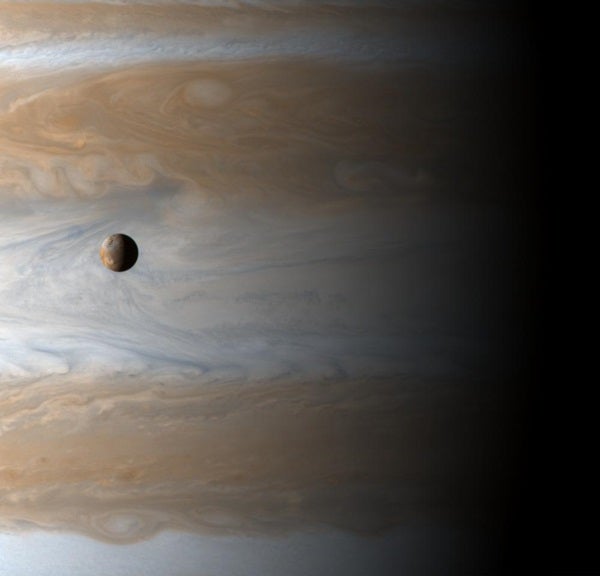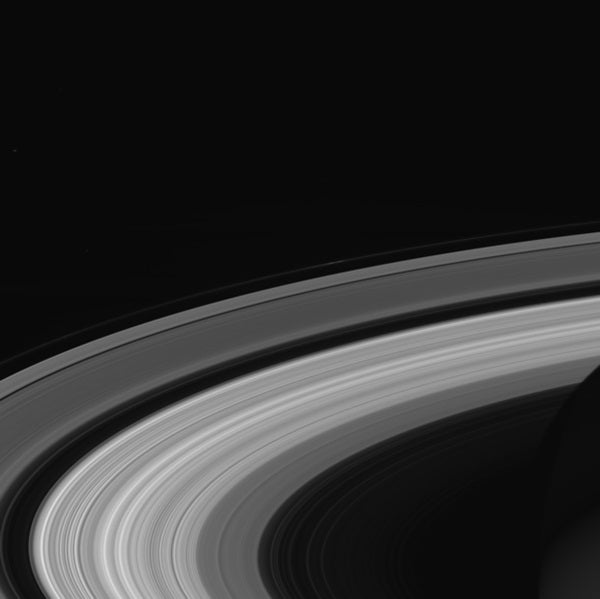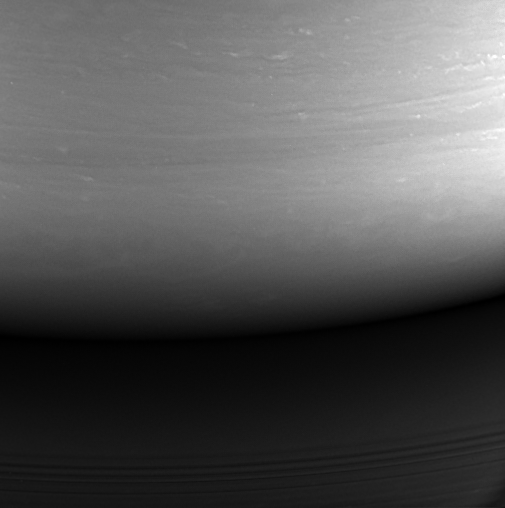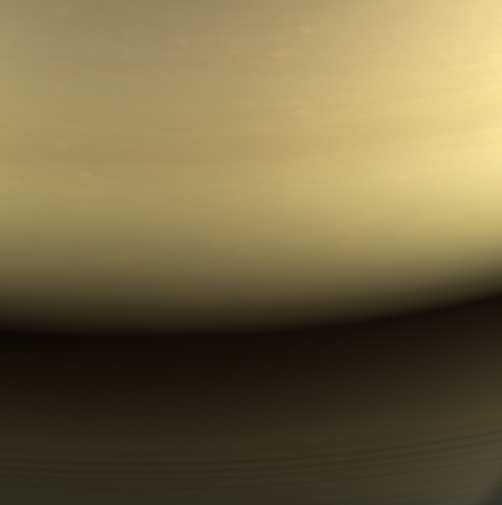The October 15, 1997, launch marked a continuation of the Pioneer and Voyager programs’ first reconnaissance of those worlds. At the time, there were some concerns about the spacecraft’s Radioisotope Thermoelectric Generators (RTGs) re-entering Earth’s atmosphere if something went wrong during a scheduled gravity assist in 1999.
From there, it detailed 24 of Saturn’s 62 moons (some of which it spotted for the first time), discovered new rings, found evidence of at least three ocean worlds, saw geysers on Enceladus (confirming suspected geological activity), and returned some of the most beautiful images of any spacecraft. It also took a few pictures of our own planet and moon, magnifying our smallness in the grand scheme of the universe.
This morning, confirmation of the end of Cassini’s long mission came at 11:55 UTC, or 4:55 a.m. PDT. The last signal from the spacecraft was received in Canberra, Australia, which had rotated to face Saturn as the spacecraft plunged into the planet’s atmosphere. Cassini’s end actually came 83 minutes prior to loss of signal, as it had taken over an hour for that signal to reach Earth from Saturn, 870 million miles (1.4 billion km) away.
Telemetry received during the plunge indicates that, as expected, Cassini entered Saturn’s atmosphere with its thrusters firing to maintain stability, as it sent back a unique final set of science observations. Loss of contact with the Cassini spacecraft occurred at 4:55 a.m. PDT (7:55 a.m. EDT), with the signal received by NASA’s Deep Space Network antenna complex in Canberra, Australia.
For now, the Jupiter probe Juno is our lone craft in the “second zone” of our solar system, which contains the gas and ice giant planets and their approximately 170 moons. Juno is expected to meet a controlled destruction into Jupiter next year. There are rumblings of missions to Uranus and Neptune, but those are decades away. The Voyager crafts, weakly functioning but still alive, are speeding out of our solar system as fast as they can go, tasting the constituent particles of interstellar space. New Horizons is skimming through the Kuiper Belt toward a primordial body called 2014 MU69. In other words, what’s left out there isn’t staying put.
Sometime in the 2020s, the Europa Clipper will, with all hope, arrive in the Jupiter system and detail its four massive moons, focusing on the ocean beneath Europa. Ganymede is believed to have an ocean as well, something the craft may confirm. But any plan to return to the Saturn system is far off and likely to focus on Enceladus and Titan — there are at least three proposals to explore these worlds. This may leave some of the other fascinating moons like Dione, another ocean world, in the dust.
Cassini’s last dedicated images of Enceladus’ plumes, taken August 28 over the course of 14 hours.
Cassini’s final moments left us with parting pictures of Enceladus and Titan, new studies of the rings and a phenomenon called “ring rain,” and spectacular details of the upper atmosphere of Saturn before it met its demise, ripped apart and burned up by Saturn’s atmosphere in a space of about two minutes. But it was out of fuel and NASA couldn’t risk it colliding with an ocean world and contaminating it with Earth bacteria.
For now, the outer solar system is a lonely place. With all luck, we will be back soon enough.

